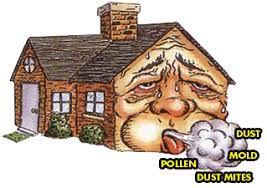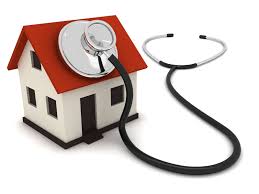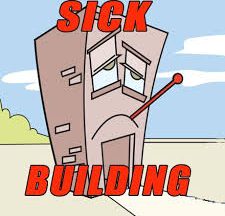 December 2020
December 2020
Heating, Ventilation and Air Conditioning (HVAC) systems help manage indoor temperatures. They bring air in from outside, heat and cool the air to maintain comfortable temperatures, remove contaminated air, and manage energy use. Your HVAC system has many parts that work together to maintain internal air quality and temperature.
In today’s tightly sealed buildings, the air at home and at work can create or worsen health problems. Excessive dust accumulation on surfaces, visible mould growth, skin irritation, coughing and dryness can all be signs of poor indoor air quality. Not all factors affecting our health are controllable. Fortunately, many health factors are within our control and can be impacted by our HVAC systems to improve overall health.
The average useful life of a HVAC unit is 15 to 20 years. Regular maintenance is the best way to extend the life of your system and ensure the air you breathe is cleaner. It makes the HVAC system more efficient and less costly to maintain. Maintaining peak performance and sustaining this lifespan requires regular servicing and maintenance. Units located outdoor and those poorly maintained will have a shorter useful life.
Eventually all HVAC units need to be replaced. Systems not performing as expected or in poor condition waste energy. Improper air temperature can be an obvious sign of a malfunctioning HVAC system. A more difficult problem to identify is indoor air quality (IAQ). Replacing underperforming units can be more economical than continuing to pay for repairs, excessive energy use, poor performance and health problems.
A well maintained HVAC system has a reduced environmental footprint. It is less likely to release toxins into the environment. Even for HVAC units that have been properly maintained, after about ten years it can be more economical to replace a unit with a newer and more efficient system.
 HVAC systems are large and heavy. Replacing a unit typically requires specialized equipment. Replacing a roof unit requires a crane to remove the old unit and deliver new equipment.
HVAC systems are large and heavy. Replacing a unit typically requires specialized equipment. Replacing a roof unit requires a crane to remove the old unit and deliver new equipment.
Newer rooftop units can be 50 percent more efficient than the units they replace. Energy use is reduced, maintenance costs decrease and performance is improved.
Find Vendors in these Related Categories
- Air Quality
- Building Sciences
- Cleaning & Janitorial Services
- Cleaning Services - Ducts
- Energy Services
- Energy Services - Efficiency
- Energy Services - Electricity
- Energy Services - Gas
- Energy Services - Water
- Engineering Services
- Environmental Consulting
- HVAC
- Lighting Services & Suppliers
- Mould Detection & Remediation
- Odour Control







